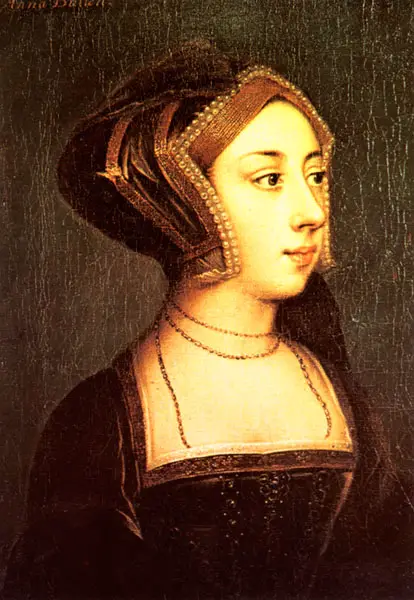
 We all leave our footprints on this earth, some are like prints on the seashore: washed away by the first wave, seeming never to have been. There are however footprints printed in a firm clay surface that last through the ages.
We all leave our footprints on this earth, some are like prints on the seashore: washed away by the first wave, seeming never to have been. There are however footprints printed in a firm clay surface that last through the ages.
Longlasting footprints she has indeed, this lady. Her little feet set their first steps upon this earth in England, at the beginning of the 16th Century. Little is known about those first steps. We don’t know exactly when her feet started walking and at which location. How different are her last inprints in this world. Place, time, circumstances …. many noblemen witnessed them and records of this event were passed to us across almost 500 hundred years.
Her life started comfortably. Being one of three children from an Earl and a Countess she had a happy childhood in a beautiful castle in the country. When she grew older she was educated in The Netherlands and France and then became a maid-of-honour to Queen Claude of France before she returned to England. At the court of King Henry VIII she was given the position of lady-in-waiting for the Kings wife, not knowing at that time what extreme consequences that decision was going to have. For her and for her country.
King Henry fell in love with her. Not a brief inclination, but a deep and genuine state of mind. He had to go to great length to win her over, but finally succeeded. He got his 24-year marriage with his first wife annulled, in the process breaking up with the Pope and Roman Catholic Church as well. The happy royal couple got married and the young bride soon “was with child”.
So far her life was like a fairy tale and yet it all ended in tears.
She gave birth to a daughter and later pregnancies all ended in stillbirths. King Henry was very disappointed about her incapability of giving him his long-wishedfor boy and heir to the throne. Also the intelligence and indepence that had
fascinated him when he first met her, turned into a barrier when they were married. The unthinkable became true.
The king, who was once head over heels in love with her took the decision to bring her to death. Love had turned into the most cruelsome hate. Once he was dying to meet her, to hold her, to kiss her and now he decided that death was going to take them apart. Place and date of her final steps were ordered by the king. On a Friday morning in 1536 she stood on the Tower Green in London, where a swordsman had been paid by her former husband, the man who had literally loved
her to death, to take her life.
Was it all worth it? Was the fact that his love for her was the key to the English Reformation, wanted or unwanted, worth her fate? Was their beautiful daugther who was going to be England’s queen for several decades, who played a major role in the progress of the Reformation and skilfully led the country through years of florishing art, trade and prosperity worth her suffering? The example she was, as an educated and intelligent woman with an opinion of her own, did it outweigh the fact that her life had been taken?
It almost did, but life is too precious to be taken.
She could have done so much more had she lived longer. Another young woman’s life would have been spared, if only she had. A german princess might have had a succesful marriage and become mother of several children. Had love lasted, what would king Henrys life have been like? What would he have accomplished to the glory and benefit of his realm, with this extraordinary woman at his side?
Her life as well as her death have their impact on history. We will never know what it would have been without her, she has changed its course forever.
Her footprints will remain. Boleyn is her name, Anne Boleyn.
by Ineke Herenius
Sources
The six wives of Henry VIII, Antonia Fraser
http://en.wikipedia.org/wiki/Anne_Boleyn
http://en.wikipedia.org/wiki/Tower_Green